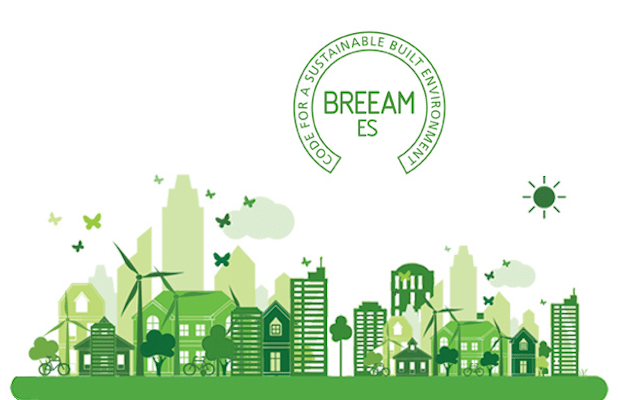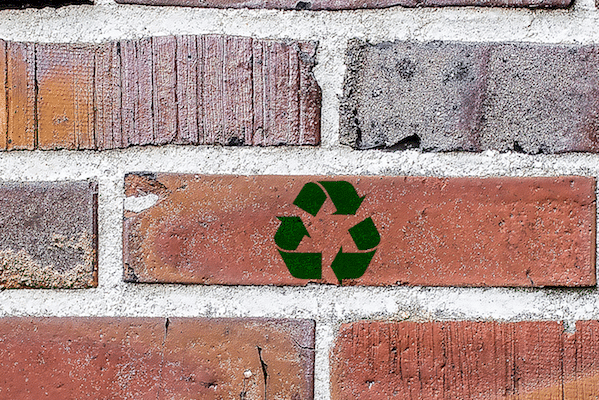Last week took place Barcelona Building Construmat, the International Building Exhibition that was nothing less than its 40th anniversary. With an increase of its exhibitors by 34%, exceeding 400 and a greater focus on R & D in construction processes and sustainability, the event of the Fira de Barcelona was a success that Blues Simon Group did not want to miss.
One of the conferences and sessions in which the experts of Blues Simon Group had more interest were those referred to theBREEAM (Building Research Establishment Assessment Methodology) classification system. This is a certification of British origin that already has almost two decades of life and, today, happens to be one of the methods of assessing the sustainability of the most mature buildings in the world. Its figures support it: more than 541,000 certified buildings in 81 countries.
When the Building Research Establishment of the United Kingdom created it, it did so with greater possibilities of adapting to the regions, than other similar ones. In this way, in Spain we have the BREEAM ES certification, with which more than 15,000 homes in our country have already been recognized.

Commitment to sustainability
Blues Simon Group is committed to the environment and, in this sense, is at the forefront of the latest construction techniques, paying special attention to sustainability, not only in the execution phase of the project, but also from its very design and subsequent maintenance.
After all, the market itself has already begun to incorporate the sustainability criterion into its list of priorities when choosing a house: 36,4% of future buyers prefer sustainable housing (21,8% motivated by energy savings, another 8,5% for health benefits and 6,1% for environmental responsibility).
Impact categories
BREEAM ES measures the impact in up to ten categories:
- Management.- Good practices applied to the construction process.
- Health and Welfare.– Thermal comfort, air quality, acoustics, lighting …
- Energy.- CO2 emissions, energy efficiency …
- Transportation.- Location of the plot, alternative transport, proximity to services …
- Water.- Efficient systems, recycling and reuse, consumption monitoring …
- Materials.- Materials with low environmental impact, responsible supply …
- Waste.- Effective management, greater space for storage of recyclable domestic waste …
- Ecological use of the soil.- Reuse of already urbanized land, protection of ecological value …
- Pollution.- Low pollutant refrigerants, heating installations with low NOx emissions …
- Innovation.- Need to address new processes to advance sustainability.
Based on rating scales with a maximum of 100, it gives the buildings five different levels of certification (acceptable, good, very good, excellent and exceptional).
Economic benefits
Among the benefits of adopting this certification, the environmental ones stand out, since following its guidelines it is possible to minimize CO2 emissions during the useful life of the building. Thus, among the factors taken into account stand out from the location of the plot where the house will be built – and its access to public transport -, up to the management of waste or the use of refrigerants and insulators with a low global warming potential, among others.
However, the advantages of BREEAM ES go beyond those of sustainability: in the long run, the pocket of those who inhabit the house will notice it. According to the reports that guarantee the certification’s trajectory, thanks to it, it’s possible to reduce energy consumption between 50-70% and water consumption up to 40%. Studies also indicate that operating and maintenance costs also decrease by 7-8%.
Tenants, users, developers, owners, managers, etc. … everyone wins with this certification. Thus, a house that has this certificate can increase its value by about 10%.






Leave A Comment